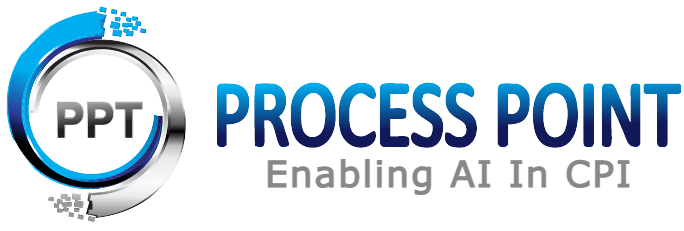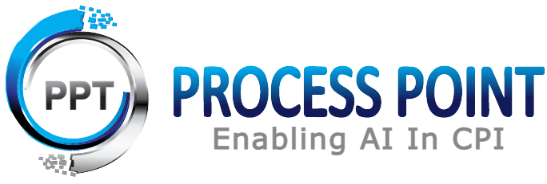AI for Flotation Recovery: Case Study on Flotation Recovery Improvements
Client Profile
A major global phosphate and potash mining company faced challenges with inconsistent phosphate recovery rates in their rougher flotation circuits.

The Challenge
Inconsistent Recovery Rates
Inconsistent phosphate recovery rates in rougher flotation circuits.
Delayed Laboratory Results
Laboratory results available only every 12 hours.
Reliance on Experience
Operators relying on experience for parameter adjustments.
Improvement Goal
Goal to improve flotation plant recovery by 1% without sacrificing OEE or quality.
Process Point's Solution: Data-Driven Intelligence
Data Collection and Analysis
Gathered 5 years of historical data from multiple sources (PI, LIMS, legacy systems). Identified 57 key attributes, including lagged variables for predictive sustainability.
Advanced Modelling
Developed an ensemble model (Model A) for complex predictions. Created a leaner model (Model B) for simulating recovery. Achieved desired recovery improvement goals.
Implementation
Deployed models into the production environment. Integrated with existing systems for seamless operation. Provided training and support for end-users.
Continuous Improvement

Results and Benefits
Our AI-powered solutions have delivered significant improvements in operational efficiency and decision-making for our clients. Here are some of the key benefits:

Improved Phosphate Recovery

Real-Time Insights

Empowered Operators
Conclusion
- Expertise Utilized: Leveraged Process Point’s expertise in data-driven intelligence.
- Optimization Achieved: Successfully optimized the client’s flotation recovery process.
- Technologies Used: Applied advanced analytics and real-time monitoring.
- Challenges Addressed: Solved complex industrial challenges related to mineral recovery.
- Results:
- Significant improvements in mineral recovery.
- Achieved the client’s primary goal.
- Provided long-term benefits such as enhanced decision-making and operational insights.

